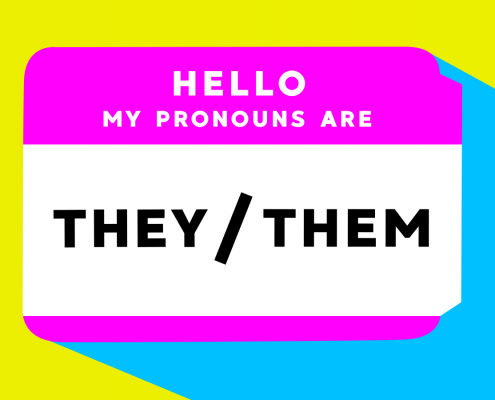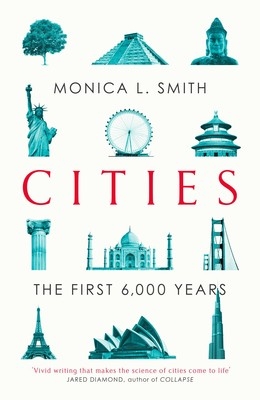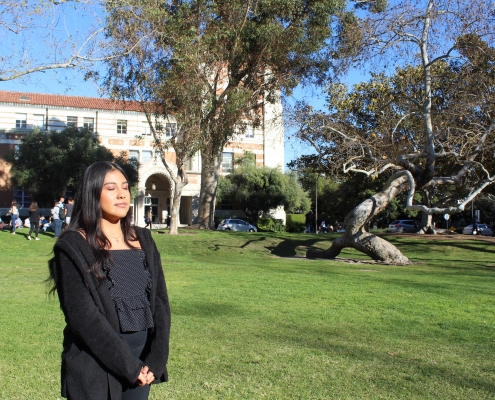
Co-Director of UCLA Voting Rights Center Secures Settlement on Texas Voting Rights Case
UCLA lecturer and co-director of the UCLA Voting Rights Center,…

A New Perspective on Gender Neutrality
UCLA Professors Abigail C. Saguy and Juliet A. Williams from…

Cities: A Compelling Part of Human Life
Monica L. Smith is a UCLA professor in the Department of…

A Fresh Perspective: Black Life Across U.S. Cities
UCLA’s Division of Social Sciences is full of amazing faculty,…

Tip Work: Examining the Relational Dynamics of Tipping beyond the Service Counter
By Eli R. Wilson, Assistant Professor of Sociology, University…

UCLA Spirituality, Mindfulness, Self-Care, & Social Justice Class: Q&A w/Prof. Victor Narro
By Institute for Research on Labor and Employment This…

